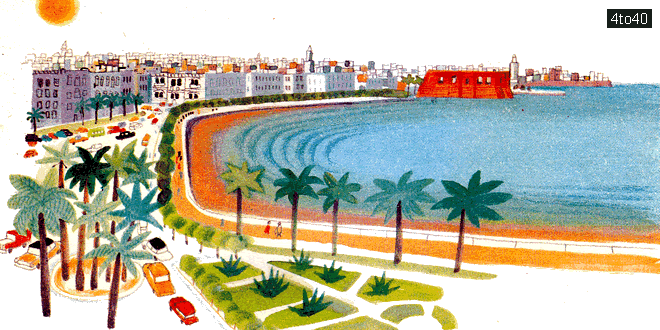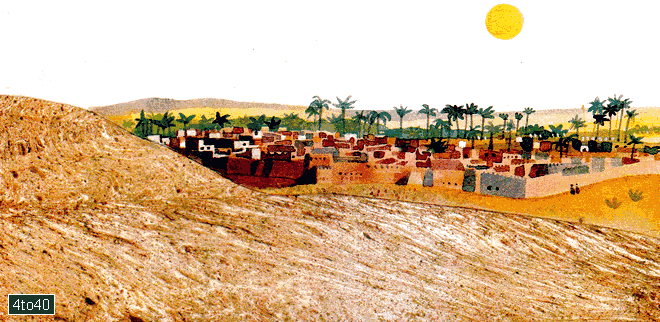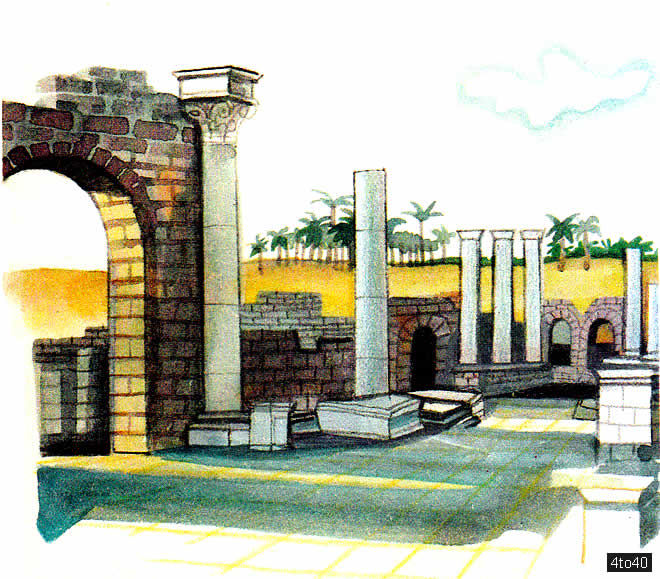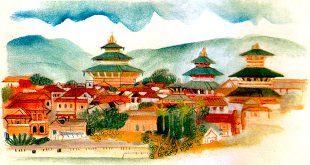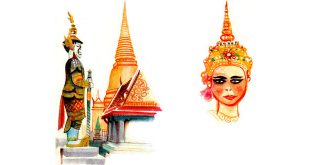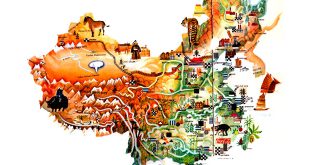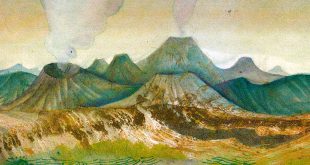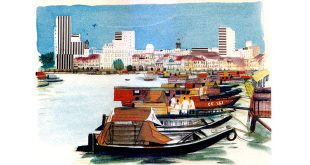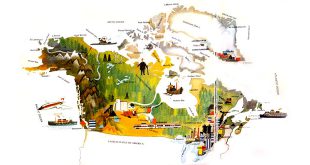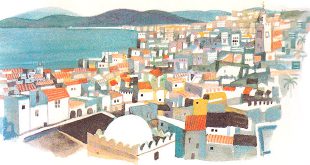Country Name: Libya
System of government: Republic
Capital: Tripoli
Location: In northern Africa on the coast of the Mediterranean Sea; bordered by Tunisia, Algeria, Niger, Chad, Egypt and the Sudan
Area: 1,7549,540 sq km
National composition: Arabs (92%), Berbers and other minorities
Religion: Islamic
Official language: Arabic
Currency: Libyan dinar = 100 dirham
Administrative divisions: Since 2007, Libya has been divided into 22 districts (baladiyat)
Other major cities: Benghazi, Misratah
Highest elevation: Jebel Betta (2,286 m) in the Tibesti Range
Chief rivers: Libya has only seasonal streams (wadis)
Climate: Mediterranean in the coastal region; hot and dry in hinterland deserts, with frequent sandstorms
Libya, a mostly desert oil-rich country, has become a key springboard for migrants heading for Europe, and a source of international tension as rival governments in the west and east seek to establish nationwide control.
Libya Encyclopedia & Facts For Students
Libya is a vast desert country occupied by the sandy Libyan Desert in the east and the stony Hammadah al Hamra in the west. In places the desert is studded with oases surviving on water pumped from deep artesian wells. The largest cluster of oases in the south-eastern sector of the country is known as Al Kufrah.
https://www.youtube.com/watch?v=K_qpiujkqhU
Vegetation thrives only on a narrow coastal belt of land and in the irrigated oases. The country is extremely poor in animal life, both in species and number. Typical indigenous fauna are jackal, fennec and hyena. The desert is inhabited by various lizards and monitors.
Libya Map:
Due to in hospitable climatic and natural conditions, only some 1.5 per cent of land is under cultivation. The chief crops are wheat, barley, dates, grapes, olives and citrus fruits. All farmland has to be irrigated.
The economic conditions of this once extremely poor nation were changed radically in the late 1950s when huge oil-fields were discovered. Since then, Libya has rapidly developed its own petrochemical, cement, food-processing, textile and leather industries.
National Anthem:
English translation of Libyan National Anthem
Libya! (3 Times)
CHORUS:
Oh my country!
With my struggle and patience
Drive off all enemies’ plots and mishaps,
Be saved! Be saved!
Survive all through, we are your sacrifices
Libya! (3 Times)
1. Oh my country! You are the
heritage of grandfathers,
May God cast off any hand
that would harm you
Do survive! We are for ever your soldiers,
If you survive we care not who perishes.
To you we give solemn pledges
That we, Oh Libya, will never fail you.
We will never go back to fetters,
we have been liberated, and we
have freed our home country
Libya! (3 Times) (Chorus)
2. Our grandfathers carried their
swords when struggle called on them
Carrying the holy Quran in a hand,
and the swords in the other
They fought till they spread religion,
peace and prosperity all over the world
Eternity for them
They have built the integrity
of our country
Libya! (3 Times) (Chorus)
3. O son of Libya, oh sons of wild lions
We are for glory
And glory is yours
Since we began our struggle, all people were with us
May god protect our independence
Seek the ultimate heights
And be ready for the struggle, our youth
Life is a war for the glory of our home land
Libya! (3 Times) (Chorus)
The drilled oil is piped to the ports by a modern and highly sophisticated system of pipelines. In recent years a considerable number of roads and motorways have been built along the coast. Motorways now connect some oases in the south and continue even into neighboring Chad and Niger. In the desert, however, camels are still the most dependable means of conveyance. Libya operates its own international airline. The largest airports and maritime cargo handling facilities are in Tripoli and Benghazi.
Some key dates in Libya’s modern history:
- AD 643 – Arabs under Amr Ibn al-As conquer Libya and spread Islam.
- 16th century – Libya becomes part of the Ottoman Empire, which joins the three provinces of Tripolitania, Cyrenaica and Fezzan into one regency in Tripoli.
- 1911-12 – Italy seizes Libya from the Ottomans.
- 1920s – Libyan resistance to Italian rule grows.
- 1931 – Italy breaks resistance through combination of major armed operations and concentration camps for rebel population.
- 1934 – Italy steps up Italian migration as part of an eventual plan for the incorporation of Libya into a Greater Italy.
- 1942 – Allies oust Italians and their German allies from Libya after a two-year campaign.
- 1951 – Libya becomes independent under King Idris.
- 1956 – Development of Libya’s oil reserves starts.
- 1969 – Muammar Gaddafi, deposes King Idris.
- 1971 – National referendum approves proposed Federation of Arab Republics (FAR) comprising Libya, Egypt and Syria. However, the FAR never takes off.
- 1977 – Colonel Gaddafi declares a “people’s revolution”, changing the country’s official name from the Libyan Arab Republic to the Great Socialist People’s Libyan Arab Jamahiriyah and setting up “revolutionary committees”.
- 1992 – UN imposes sanctions on Libya over the bombing of a PanAm airliner over the Scottish town of Lockerbie in December 1988.
- 2011 – Violent protests break out in Benghazi and spread to other cities. This leads to civil war, foreign intervention and eventually the overthrow and death of Colonel Gaddafi.
- 2016 – Following years of conflict, a new UN-backed government is installed at Tripoli. It faces opposition from rival governments and a host of militias.
- 2021 – Abdul Hamid Dbeibeh takes over as prime minister of the UN-backed Government of National Accord in Tripoli.
 Kids Portal For Parents India Kids Network
Kids Portal For Parents India Kids Network
